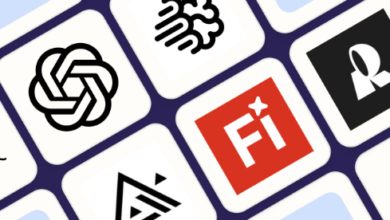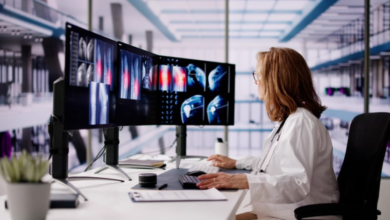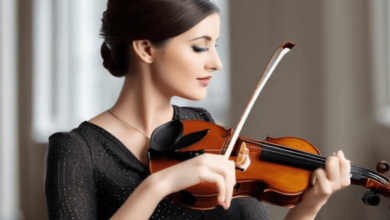AI vs. Human Creativity: Can Machines Truly Think?

The discussion of AI versus human creativity raises essential questions about the essence of thought. Machines can generate impressive works by analyzing extensive datasets. However, these creations often lack the emotional resonance and intuitive insights found in human artistry. As technology progresses, the implications for both artistic expression and the definition of creativity become more complex. What does this mean for the future of art and the role of human intuition?
The Nature of Creativity: Defining Human and Machine Perspectives
Creativity, often viewed as a quintessentially human trait, encompasses a complex interplay of imagination, emotion, and cognitive processes.
While human creativity is driven by artistic intent and personal experience, machine learning offers different mechanisms.
Machines can analyze patterns and generate outputs, but their lack of genuine emotional engagement raises questions regarding the authenticity of their creative expressions, challenging traditional definitions of artistry.
The Mechanics of AI Creativity: How Algorithms Generate Art and Music
While traditional notions of artistry often emphasize human intuition and emotional depth, the mechanics of AI creativity reveal a different approach to generating art and music.
Through algorithmic generation, creative algorithms analyze vast datasets, identifying patterns and styles to produce unique compositions.
This process challenges conventional understandings of creativity, showcasing how machines can mimic artistic expression through systematic and data-driven methods.
Emotional Depth and Intuition: The Human Edge in Creative Expression
Emotion serves as a cornerstone of human creativity, distinguishing it from the algorithmic outputs of artificial intelligence.
The capacity for emotional resonance allows humans to connect deeply with their audience, evoking feelings that machines cannot replicate.
Additionally, intuitive insights stemming from personal experiences enrich creative expression, enabling artists to convey complex emotions and themes, ultimately reinforcing the unique value of human artistry in a digital age.
The Future of Creativity: Integrating AI Into Artistic Endeavors
The integration of artificial intelligence into artistic endeavors presents a compelling evolution in the creative landscape.
AI collaboration fosters artistic innovation, enhancing creative processes through machine learning. This technology impact allows for hybrid creation, merging human intuition with digital expression.
As artists embrace AI, the future art scene will witness unprecedented possibilities, redefining boundaries and expanding the scope of creativity in contemporary society.
Also read: AI in Video Surveillance: Enhancing Security and Privacy
Conclusion
In the ongoing discourse of AI versus human creativity, the distinction remains stark, akin to the difference between a finely crafted painting and a mere reproduction. While machines adeptly mimic styles and generate outputs, they lack the emotional resonance that breathes life into true artistry. As we navigate the future, the challenge lies in harnessing AI’s analytical strength while preserving the authentic, intuitive essence of human creativity, ensuring that both can coexist and enrich the artistic landscape.




